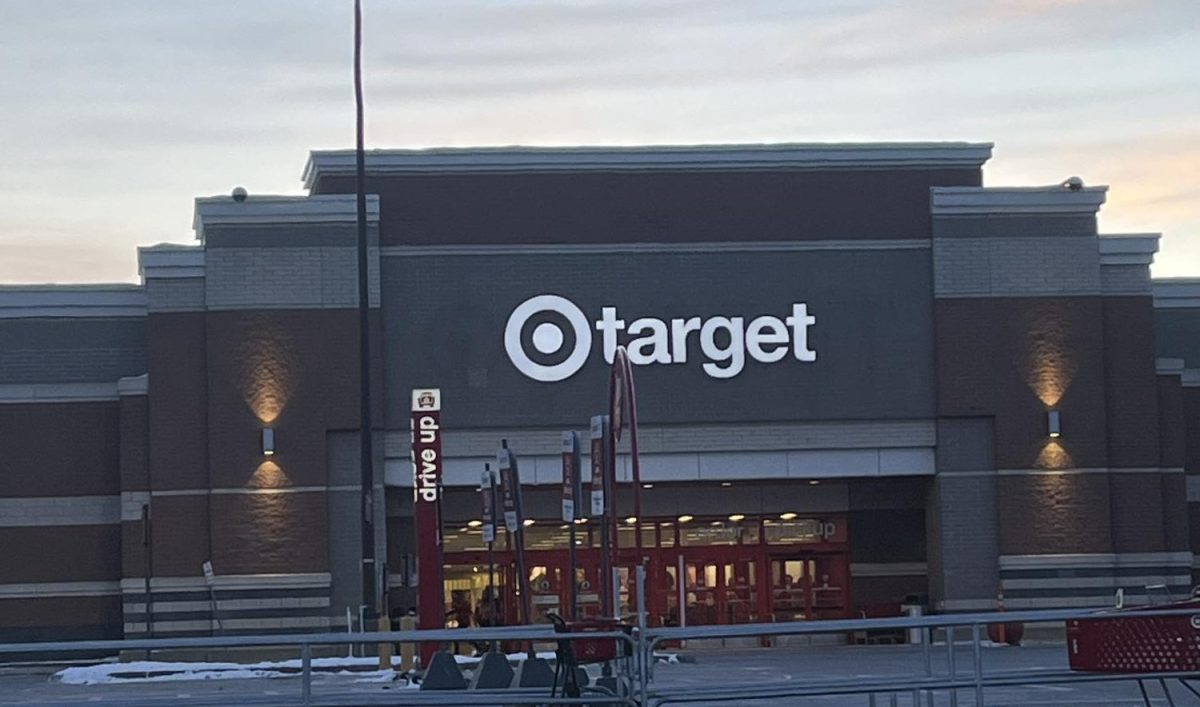Every four years, American citizens elect a presidential candidate to serve a four-year term, with the goal of fulfilling the American people’s needs, values and ideals. Although America offers a plethora of candidates and parties for its citizens to select based on alignment with their values, every election comes down to a battle between the two major parties: the Democratic party and the Republican party.
The birth of American Democracy dates back to 1787, when the U.S. Constitution was drafted and approved. Since then, American democracy has changed and progressed with American society and shaped the country we are today.
A statistic from Gallup says 56% of Americans have desires for a third-party candidate, forcing the majority of people to typically choose the “less bad” candidate, rather than the one they feel represents their opinions. This is especially prominent in the upcoming election. The current polls show it is almost certain we will have the first presidential rematch since 1956. Current president Joe Biden and former president Donald Trump are expected to rematch since their election in 2020.
Both of these candidates have a questionable history. Donald Trump is facing 88 charges, 44 federal and 44 state charges, all felonies. All these charges arose out of just four indictments. Biden, on the other hand, is mentally declining and is said to be unstable for the position of president. By the end of Biden’s second term, he would be nearly 87.
Two parties limit American voters’ options. Year after year, this leads to a “lesser than the two evils” dynamic according to GoodParty. When faced with two unpopular candidates, people will just drop out.
The two-party system limits minority viewpoints and creates unfair disadvantages for less relevant candidates. A lot of the time third-party candidates struggle to gain traction due to limited media coverage, and ballot access restriction.
“Dr. Stein and Johnson are low in the polls because they don’t get coverage. Without getting coverage they can’t rise in the polls. Please make up for this and give voters the exposure and information they need and deserve,” Gianmarco Conegliano said, according to ThirdPartyCandidateCoverage.
This is true. Media outlets tend to be biased and lean a certain way in political views such as Fox News or CNN. When broadcasting, less-known candidates will get little to no media time, meanwhile, more well-known candidates will receive more. This limits the lesser-known candidate’s action to express their beliefs and values, which in turn limits their ability to grow their following until they eventually drop out due to the nearly impossible competition between their world-known colleagues.
Wealth plays a very prominent role as well. Wealth can practically buy anything including the presidency. More money means more social media coverage, more campaigns, and overall leads to a much stronger presence during the election.
A third-party candidate is essential for a genuine democracy and addressing the diverse needs and viewpoints of the electorate. As shown a two-party system does not properly represent the American people and often leads to polarization. By embracing a third-party candidate, fresh perspectives could be engraved and healthy competition.









